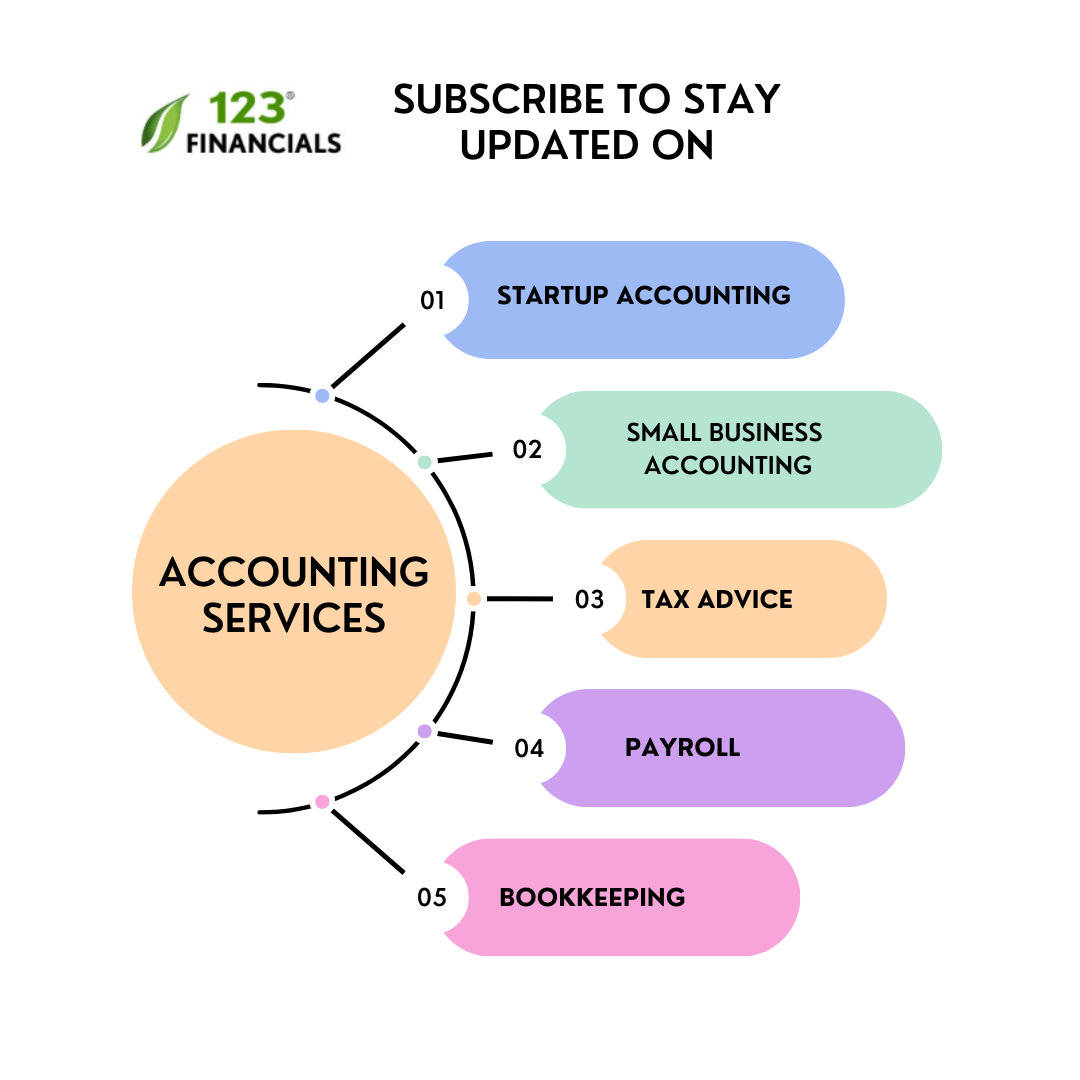Save Tax: Guide for Landlords in UK
Buy-to-let property investment has been a tried and tested investment in the UK. Mass homeownership is a recent trend as in 1918, less than 25% of British homes were owner-occupied. It was in the 1970s when homeownership outnumbered. Margret Thatcher’s policy of discounts on a property purchase for the council tenants significantly boosted the trend. This trend peaked in the mid-2000s to over 70%. The financial crisis of 2007-2008 put a brake on this trend, and since then, the trend has been downwards.

Interesting in this trend is the rise in private renters. Virtually trends in homeownership and private rent have an inverse relationship. When home ownership increases, private renters decreases and when home ownership decreases, private renters increases.
Considering the widening of the gap between average households income and property, many economists predict that private renters will increase.
With this in mind, let’s see what most popular ways are used by the property owners to make most from their buy to let properties.
There are essentially three types of property owners:
- Individuals: Owning one or few properties in their name.
- Companies: Owned by one or more individuals. The aim here is to build a portfolio of properties- typically anything from 3-hundreds.
- Institutional investors: These include hedge funds, investment managers and pension funds. These institutes buy a large portion of developments, and sometime number of owned properties can run into thousands.
In this blog post, our focus is on the first two types of buy to let investors.
You can let out your buy-to-let property to single or multiple households on a furnished or unfurnished basis. You can claim various expenses under each type of arrangement.
On your rental income, the amount of tax you pay depends on the profit you make and your tax status. There are many ways to reduce the tax bill by deducting many of the expenses.
What taxes do buy to let property owners pay in the UK?
From the buy-to-let landlord’s perspective, income tax, and corporation tax are the main types of tax in the UK.
If you own properties as an individual, then you will pay only income tax on any profit you make.
Your tenant is liable to pay council tax, but if your property becomes unoccupied, then this will become your responsibility as a landlord.
Landlord Tax Advisor
Work with a London-based accountant for tax, accounting, payroll, & EIS/ SEIS needs.
Tips for landlords to save tax:
1. Allowable expenses:
First of all, you should have an idea of what expenses you can offset against your property income.
There are several expenses a landlord can claim,
- Gas, electricity, water and council tax
- Agents/management fees
- Accountant’s fees
- ground rent and service charges
- Wages of hired help and other services
- Household costs such as phone calls and advertising expenses
Either you rented the property for part of the year, or you rent a part of your home, you have to apportion the expenses.
The HMRC may ask for proof, so it is advisable to keep copies of receipts for any expenses you claim.
2. Save tax by setting up a limited liability company:
If you are looking to build a portfolio of properties, then setting up a limited company can achieve tax savings.
You will be able to buy a property through the company, which will allow you to offset costs against the rental income.
The company can employ you or someone else to manage the properties held within the company portfolio. Company will pay tax on the profits, currently 19%.
This tax-saving strategy is not for everyone; so, take the advice of an accountant to make sure if you can save tax from transferring your properties to a limited company.
3. Save tax by expanding your property:
You can put money into your existing properties which will help you save stamp charges, and simultaneously, you can see the rising value of your portfolio.
According to recent changes in development rights, you can extend your current property further than you previously could, which should increase monthly rental income.
If you are planning to rent your property to tenants from multiple households, then you may be affected by the HMO (Housing for Multiple Occupants) rules.
So, before expanding your property, check out your local council’s licensing rules.
4. Save tax by getting rental property revalued:
Getting your rental property revalued is another effective way to save tax.
A more accurate assessment of the total worth of your rental property will make your lender recalculate your loan to value.
As your rental property price increase; loan to value will go down, which mean more choice and a better interest rate and a wider choice of lenders.
5. Save tax in insurance:
As a landlord, you can deduct the premiums you pay for almost any insurance for your buy to let property.
Fire, theft, flood insurance for rental properties, and landlord liability insurance are the most common deductibles.
Cost of your employee’s health and worker’s compensation insurance if you have employees, is also tax-deductible.
6. Save tax in repairs and maintenance:
As a landlord, you can also claim the cost of repairing your rental property.
Deductible repairs include fixing gutter and floors, repainting, plastering, replacing of broken windows etc. of the rental properties.
7. Save tax on wear and tear allowance
Changes to landlords’ ‘wear and tear allowance’ You were able to claim wear and tear allowance for furnished lettings. Wear and team include items such as carpets, beds, televisions, cooker, fridge, washing machine. Previously, such expenses were capped at 10% of the net rental value.
However, recently rules have changed in 2016 and “wear and tear” allowance was replaced with “replacement relief”. Now you can claim tax relief on all spending on replacing an item. Which means, you cannot claim tax relief on kitting out a property, but you can claim on genuine replacements.
8. Save tax by filling the void:
Generally, you need to pay tax if your rental properties are unoccupied, but there are also several things you can claim as an expense.
If your rental property is empty of any period, then as a landlord, you can claim expenses like utilities and council tax as an expense.
9. Save tax by claiming home office expenses:
A landlord also can claim home office expenses even if you are renting a single property.
A landlord can claim expenses for their rental business and the associate cost of running a home office.
You can claim a fixed amount of £6 per week without providing any justifications or receipts.
10. Save tax by property loan interest deductibles:
If the buy-to-let property is mortgaged, then interest will be your most considerable deductible expense.
Deduction of mortgage interest payment for individual property owners is being phased out. Under the new rules, depending upon the tax bracket, you can qualify for tax relief up to 20% of finance costs.
When should report your rental property income:
Like any other income, you have to report rental income on self-assessment tax return.
Each year the tax year begins on 6 April which ends on 5 April the following year, but the deadline for an online tax return is not until 31 January the year after.
You required to registering by 5 October in the year after collecting your rental income if it is your first year completing self-assessment.
If your income is less than £2,500 a year, then you must contact HMRC in such cases HMRC may collect your taxes through the PAYE system.
If your income is between £2,500 to £9,999 after allowable expenses and £10,000 or more before allowable costs, then you must report it on a self-assessment tax report.
Use HMRC’s online tool to see whether you need to submit a self-assessment tax return.
Landlord Tax Advisor
Work with a London-based accountant for tax, accounting, payroll, & EIS/ SEIS needs.
Taxes to pay if you sell your property:
You usually do not pay tax on the sale of your residential property.
If you sell any secondary residential property, then you will have to pay Capital Gains Tax (CGT) where the gain is above your tax-free allowance for the tax year. From 2019, the due date for payment of Capital Gains Tax is within 30 days of selling the property.
Capital gains tax rates on residential properties:
- 18% tax for basic rate taxpayers in most cases
- 28% tax for higher rate or additional rate taxpayers
Wrapping Up:
Property trend is indicting that buy to let properties will increase as few people are now able to afford homeownership. As a buy-to-let property owner, it is essential that you learn more about taxes and how to utilize tax laws in your favour. You may consider hiring an accountant to assist you with any property related questions or calculations.

















